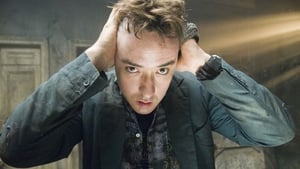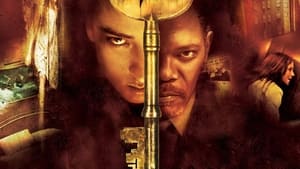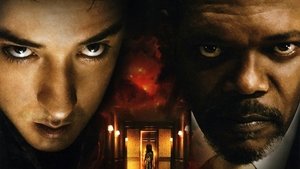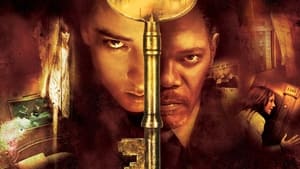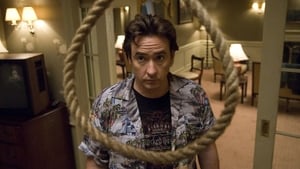
Video Sources 255 Views Report Error

Synopsis
1408: A Room You’ll Never Escape – Exploring Stephen King’s Haunting Masterpiece
What makes a hotel room terrifying? Is it the ghost stories whispered about its past, the ominous warnings from the hotel manager, or the unsettling feeling that the walls are watching? Stephen King’s 1408 masterfully transforms an ordinary space into a crucible of psychological torment, and the film adaptation, carried by John Cusack’s compelling performance, takes viewers on a harrowing journey into the depths of fear, grief, and the unknown.
At first glance, Room 1408 at New York’s Dolphin Hotel appears unremarkable—banal, even. Yet, its reputation is anything but ordinary. In 95 years, no guest has survived an hour in the room, and the death toll sits at a grim 56. Mike Enslin, a skeptical author specializing in debunking paranormal myths, views this as the ultimate challenge. Despite impassioned warnings (and outright bribes) from hotel manager Gerald Olin, Enslin checks in, armed with nothing but his cynicism and a tape recorder.
The room wastes no time unraveling him. What begins as a dismissive narration of its “banality of evil” morphs into a descent into madness as the clock radio starts a sinister countdown, and ghosts from the room’s violent past manifest. Mike is not only tormented by these specters but also by deeply personal apparitions—his deceased daughter Katie and estranged father. In a chilling twist, even his own image turns against him, urging his wife to join him in the haunted room.
As critics have noted, 1408 thrives on atmosphere and psychological tension rather than cheap scares. Cusack’s performance is the film’s backbone. His sardonic, skeptical persona crumbles as the room tightens its grip, drawing out a raw vulnerability that anchors the supernatural chaos. Some have compared the film to an extended episode of The Twilight Zone, while others see echoes of King’s landmark work, The Shining.
Yet, 1408 is distinct in its simplicity. The horror doesn’t come from elaborate set pieces but from the room’s relentless, malevolent ingenuity. A picture of a stormy sea floods the room, a sinister countdown resets to trap Mike in an endless loop, and the room offers him the ultimate escape: death by his own hand. Despite its claustrophobic setting, the film ventures into surreal, expansive territory, even blurring the line between reality and nightmare.
The multiple endings of 1408 reflect its layered narrative. In one, Mike survives, a changed man, clutching a tape recorder with an eerie echo of his daughter’s voice. In another, he sacrifices himself to destroy the room, freeing its victims but sealing his fate. Each ending leaves its mark, proving that the story is as much about personal redemption as it is about supernatural terror.
Critics are divided on the film’s legacy. Some praise it as a refreshing, character-driven horror that avoids modern tropes, while others argue it doesn’t quite capture King’s subtleties. But one thing is undeniable: 1408 gets under your skin. It’s a movie that lingers, not through gore, but through the nightmares it conjures.
At its core, 1408 is a story about confronting inner demons, wrapped in the guise of a ghost story. It reminds us that sometimes the scariest monsters aren’t lurking in the dark corners of a room—they’re the memories and regrets we carry within. Room 1408 doesn’t just trap its guests; it makes them confront what they fear most. And for Mike Enslin, that’s a fight worth watching.
Original title 1408
IMDb Rating 6.8 300,529 votes
TMDb Rating 6.7 4,397 votes
Director
Director
Cast
Mike Enslin
Gerald Olin
Lilly Enslin
Sam Farrell
Young Woman at Bookstore
Bellboy
Mr. Innkeeper
Mrs. Innkeeper




